Featured Articles
Survival Food Storage | 4 Methods Of Maintaining A Solid Food Supply
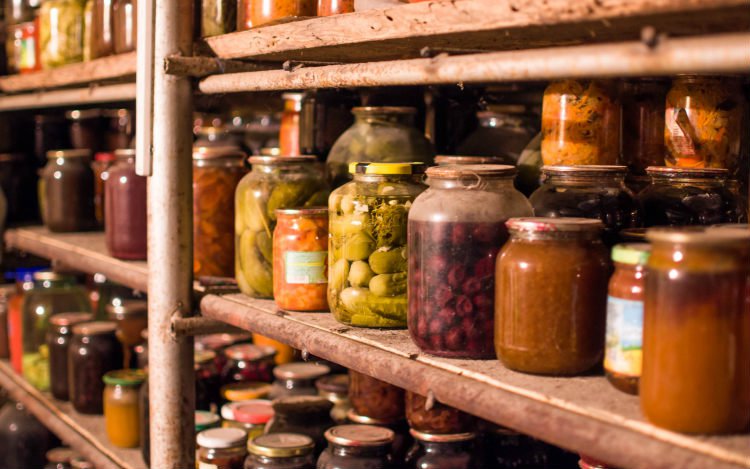
Ask 10 survivalists what they are most concerned about regarding survival and/or disaster preparedness and the majority of them will say something about the procurement of food. For good reason, we can’t physically live without food for three weeks or longer. This makes survival food storage of vital importance.
However, when it comes to our morale, food is a big part of giving us the boost we need to keep going. Not to mention, even though we can live that long without food, our bodies start to break down and become non-functioning as each day passes without nourishment. Let’s take a look at some of the choices that are out there when it comes to survival food. In general, there are several types of food out there for our consideration. For this discussion we are going to look at four.
Survival Food Storage
1. Freeze dried foods
This is what I would call the “cream of the crop” for survival food simply because freeze dried foods retain higher percentage of nutritional value than some other choices while at the same time being easy to store and stow away. Many people are surprised to know that freeze dried food retains less moisture than even dehydrated food does. Another benefit is that most freeze dried foods have a 20+ year shelf life, making them incredibly easy to store and not concern yourself with regular rotation to keep things fresh.
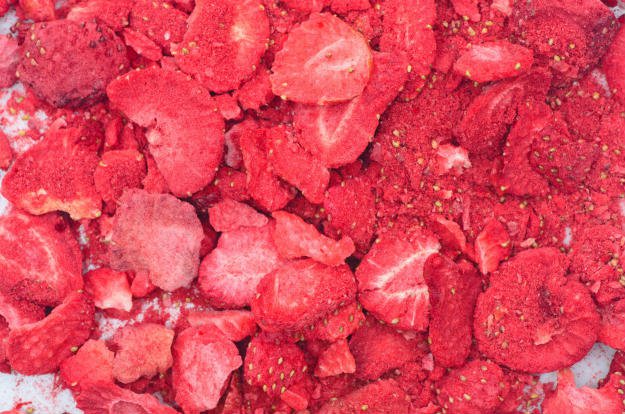
2. Dehydrated food
Dehydrated foods are similar to freeze-dried foods in that a lot of food takes up only a small space. As mentioned before most of the nutritional content is still intact, but it does not equal that of freeze dried foods. The beauty of dehydrated foods is that are incredibly affordable options when it comes to doing the work yourself. Freeze drying is more complex and can be done at home, but should best be left to the professionals. Whereas, dehydrating is nothing more than getting a good dehydrator and spending the time doing it. This also allows the user to customize their food options so that you are not at the mercy of the tastebuds of a large food preparing company.
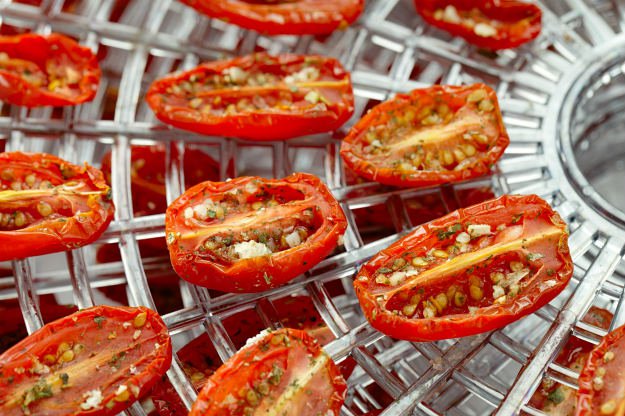
3. Canning Food
If you only consider nutritional content, then canned food is definitely the way to go. The only drawback to this method is the weight and space it takes to store this type of food. Canning with jars and actual cans is a method nearly as old as the pioneers that settled into the United States. This is definitely a practice that, if you have a friend or family member to help you with, it will go a long way in usefulness and safety. Canners are designed to remove the oxygen through pressure and heat. When this is done it allows the stored food, whether it be meat, fruit or vegetables to last an incredibly long time and retain all the nutritional content when stored correctly. This means you store the food in a cool location without much sunlight. A basement is an ideal place for such storage.
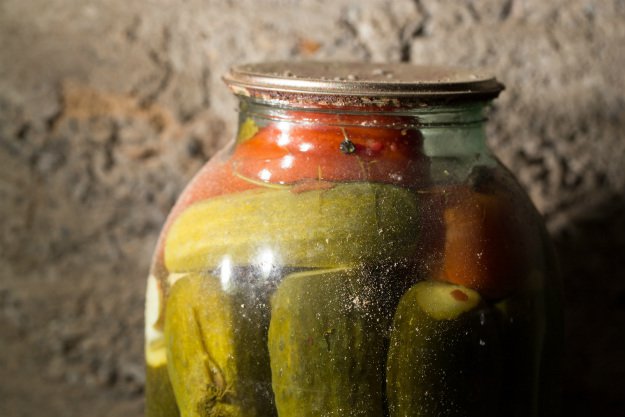
4. Smoked and cured meat
Another practice that was often used by native cultures, was to smoke meat. Smoking is the process of providing low heat and ample amounts of smoke to thinly sliced meat. This serves to preserve the meat source. The downside is that it is a very short window of time and is dependent upon the environmental conditions. If you are fortunate enough to kill a large animal, then smoking it might be the best short term solution when a freezer is not available. Smoking helps to keep bugs and insects away that can destroy a good meat source quickly. Native cultures and those that live far north in colder climates can store meat like this for extended periods of time. That is due mainly to the cold temperatures coupled with smoking the meat.

Cured meat is another example of using old school tactics in modern times. Most meats that are cured utilize heavy doses of salt to preserve them. Pioneer and frontier settlers utilized this method for many years to store their meat sources. Salt is a substance that you can buy in bulk and store for later use. This process involves utilizing a useful recipe that combines salt and other minerals that are then placed onto meat sources.
Country ham from the southeast is an example of salt/sugar cured meat source. After it is salted the meat source is allowed to “sweat” which is the process of laying it out so it soaks all the minerals up into it. It will put off a fair amount of water during this process. Once that is complete you then wrap the meat in paper and store it in a cloth bag. The meat source will continue to sweat and the paper will soak it up. Most people allow cured meat to hang for several months. It can hang for up to a couple of years but you run the risk of bugs and insects getting in. Hang the cured meat in a dry location away from sunlight for best success.
These are broad classifications for survival food. There is no way that an approach to survival food works well for everyone. You need to consider your environment, skill, and budget as it relates to these possibilities and choose what is best for you.
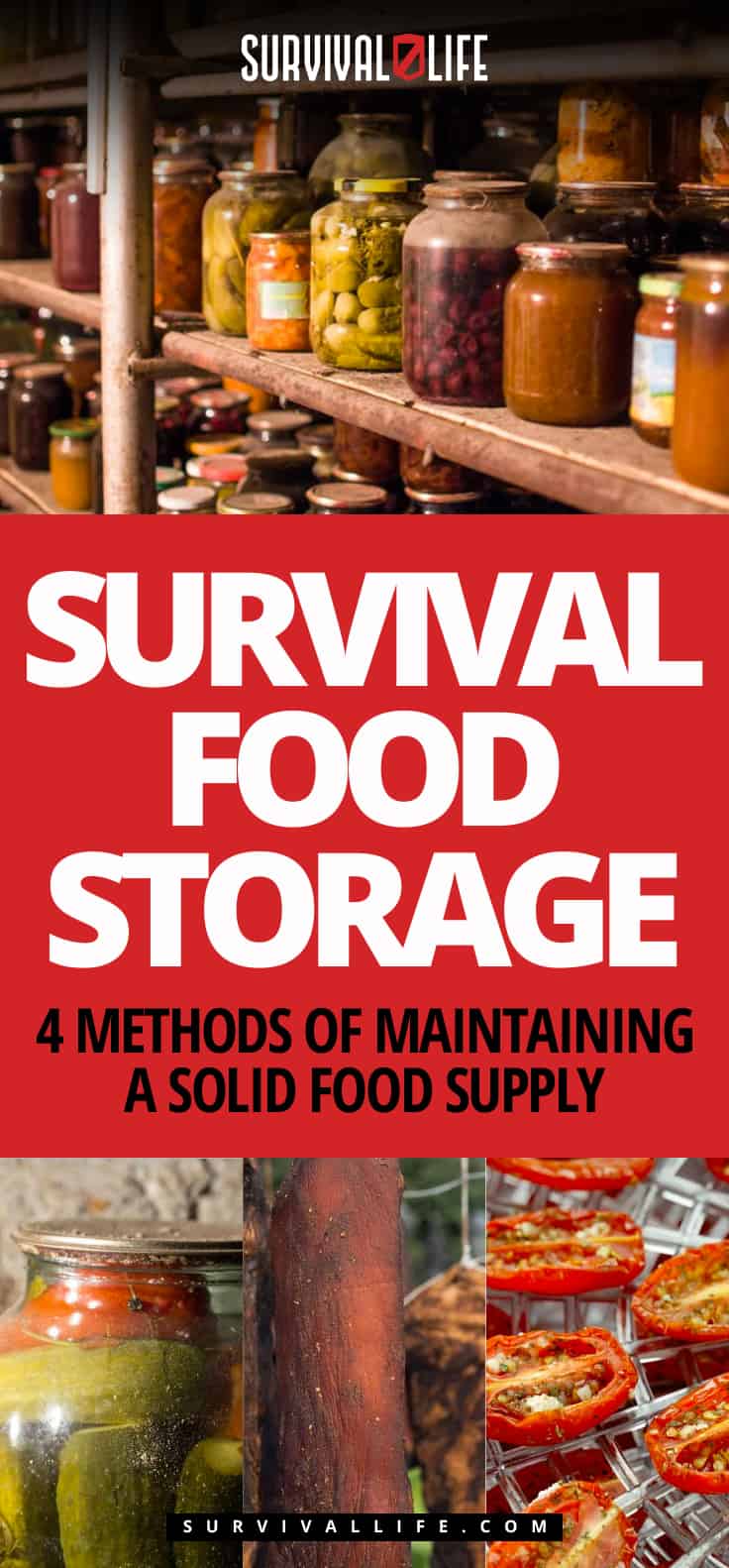
Up Next: Ultimate DIY List Of Survival Hacks, Projects and Recipes
For awesome survival gear you can’t make at home, check out the Survival Life Store!
If you’re looking for a few products, check out these options:
- Looking for some freeze dried fruit to keep on hand for your survival stockpile? Give this Crispy Green 100% All Natural Freeze-Dried Fruits, Fruit Variety Pack a try!
- If you want to dehydrate your own food, check out this Westinghouse WFD101W New Food Dehydrator!
-

 Do It Yourself7 months ago
Do It Yourself7 months agoParacord Projects | 36 Cool Paracord Ideas For Your Paracord Survival Projects
-

 Do It Yourself9 months ago
Do It Yourself9 months agoHow To Make Paracord Survival Bracelets | DIY Survival Prepping
-

 Do It Yourself9 months ago
Do It Yourself9 months ago21 Home Remedies For Toothache Pain Relief
-

 Do It Yourself10 months ago
Do It Yourself10 months agoSurvival DIY: How To Melt Aluminum Cans For Casting
-

 Exports8 months ago
Exports8 months agoAre Switchblades Legal? Knife Laws By State


Pingback: How to Make Civil War Fire Cakes | Survival Food Tutorial
Pingback: Protein-Rich Survival Food | Survival Life
Pingback: The Ultimate Protein-Rich Survival Food - Survival Patch
Pingback: Steps to Survive Anything | Basic Survival Knowledge
Pingback: 8 Steps to Survive Anything | Primitive technology
FDing Fool
November 18, 2018 at 12:54 PM
That was a nice concise roundup of the ways to preserve food. One thing you left out was fermentation. With that process you can preserve many nutritious tasty foods including, cabbage (sauerkraut), beets, pickles, beans, rice and a whole long list of other items. Most are very easy to make.
I try to do all of the above with the exception of smoking/curing but may try that in the future. I will add that don’t discount the freeze dried food. Where it does say it can be done at home, it basically recommends to purchase it commercially. For small amounts that is reasonable but to make it a substantial part of your stores that would be extremely expensive. The price of a home freeze dryer has come down in the last few years where you can get one for between $2000-3200. That is a lot of money but when you consider the cost of buying it pre-freeze dried it is a small investment that will pay for itself many times over.
If you go for the more expensive in that range you can get a large unit that can freeze dry 2500 lbs of food a year. Imagine what you would cost you if you purchase it premade! You could easily store 1, 2, 3 or more years worth of food. You can freeze dry almost any food. Fruits, vegetables, meats, eggs all either raw or precooked. You can do whole meals and a lot of people use them to save leftovers. Chili, soups, stews, casseroles, the list is endless. Meats are great because you can rehydrate and they are just like fresh. You can do milk, cheese, sour cream and yogurt too. For sour cream and yogurt it does NOT kill the active cultures which can then be stored to make new batches. Some people also freeze dry their seed stores which can keep seeds viable for decades.
Fruits are a favorite because they can be eaten as is without rehydration and the taste and texture is just amazing. Fruit yogurt drops are just as incredible too. Believe it or not you can freeze dry ice cream and ice cream bars too.
It sounds complicated but once you get the process down its not much different from preparing food to freeze. There is a bit of a learning curve but after a few times anybody can do it.
When you take into account that you can make meals with ingredients that you choose (gluten/sugar/salt/preservative free if you choose), the quality of the preserved food, shelf life, that it doesn’t destroy vital vitamins and minerals, how much cheaper the final product is especially when you buy during sales or in bulk and many other positives, it is a very inexpensive and smart way to go.
We have had our freeze dryer for just over a year and can’t imagine being without it
Lisa
November 18, 2018 at 6:25 PM
Thanks for the info, still on the fence about getting one.
Pingback: 8 Steps To Survive Anything - Survival Gear Review
Pingback: 10 Foods To NEVER Store Together – The Self-Sufficient Life
Pingback: 10 Foods To NEVER Store Together – surviveurself
Pingback: 10 Foods To NEVER Store Together – Alive After USA Fall
Pingback: 10 Foods To NEVER Store Together - Cooking in Quarantine
Pingback: 10 Foods To NEVER Store Together – SurvivalHood
Pingback: 10 Foods To NEVER Store Together – Bulletproof Survivors
Pingback: 10 Foods To NEVER Store Together – Sprent Brass
Pingback: 10 Foods To NEVER Store Together | Best Go Bag
Pingback: Famine Begins To Take Over The United States. Are You Prepared? – The Self-Sufficient Life
Pingback: Are You Prepared For A Famine In The US? – Alive After USA Fall
Pingback: Are You Prepared For A Famine In The US? - Cooking in Quarantine
Pingback: Are You Prepared For A Famine In The US? – Bulletproof Survivors
Pingback: Are You Prepared For A Famine In The US? – Sprent Brass
Pingback: Are You Prepared For A Famine In The US? | Best Go Bag
Pingback: Famine Begins To Take Over The United States. Are You Prepared? – surviveurself
Pingback: Are You Prepared For A Famine In The US? – SurvivalHood